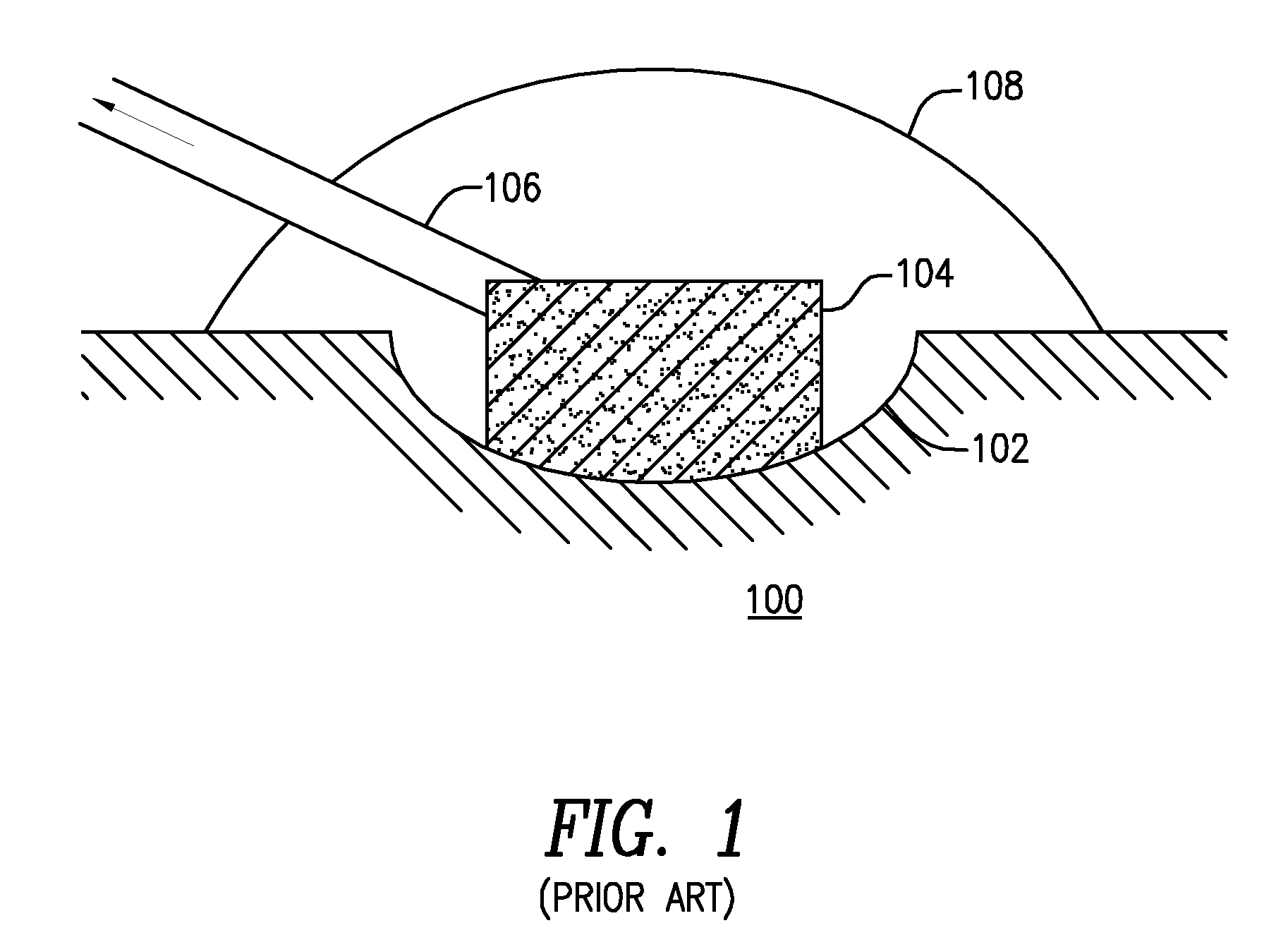Systems and methods for providing a debriding wound vacuum
a vacuum and wound technology, applied in the field of wound vacuum, can solve the problems of long time-consuming and laborious, difficult to spontaneously heal, and often inability to successfully fight infection in wounds,
- Summary
- Abstract
- Description
- Claims
- Application Information
AI Technical Summary
Benefits of technology
Problems solved by technology
Method used
Image
Examples
Embodiment Construction
[0028]In the following description of the various embodiments, reference is made to the accompanying drawings, which form a part hereof, and in which is shown by way of illustration various embodiments in which the invention may be practiced. It is to be understood that other embodiments may be utilized and structural and functional modifications may be made without departing from the scope and spirit of the present invention.
[0029]FIG. 1 shows a conventional wound treatment device 100 for treating wounds, such as wound 102, using negative pressure—i.e., below atmospheric pressure. A device as partially shown in FIG. 1 may preferably include a foam sponge 104 which may be formed from polyester or other suitable material. Preferably, the foam sponge may be in gaseous and / or fluid communication with a vacuum pump (not shown) via a hollow tube such as tube 106. Such a device may also be used concurrently with an adhesive sheet 108 which may be used to form a substantially gas-tight and...
PUM
 Login to View More
Login to View More Abstract
Description
Claims
Application Information
 Login to View More
Login to View More - R&D
- Intellectual Property
- Life Sciences
- Materials
- Tech Scout
- Unparalleled Data Quality
- Higher Quality Content
- 60% Fewer Hallucinations
Browse by: Latest US Patents, China's latest patents, Technical Efficacy Thesaurus, Application Domain, Technology Topic, Popular Technical Reports.
© 2025 PatSnap. All rights reserved.Legal|Privacy policy|Modern Slavery Act Transparency Statement|Sitemap|About US| Contact US: help@patsnap.com



